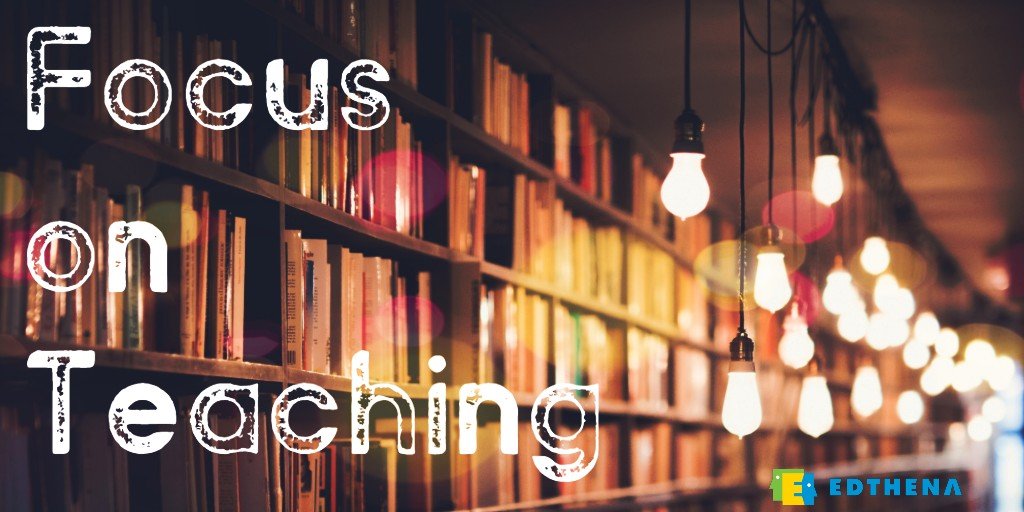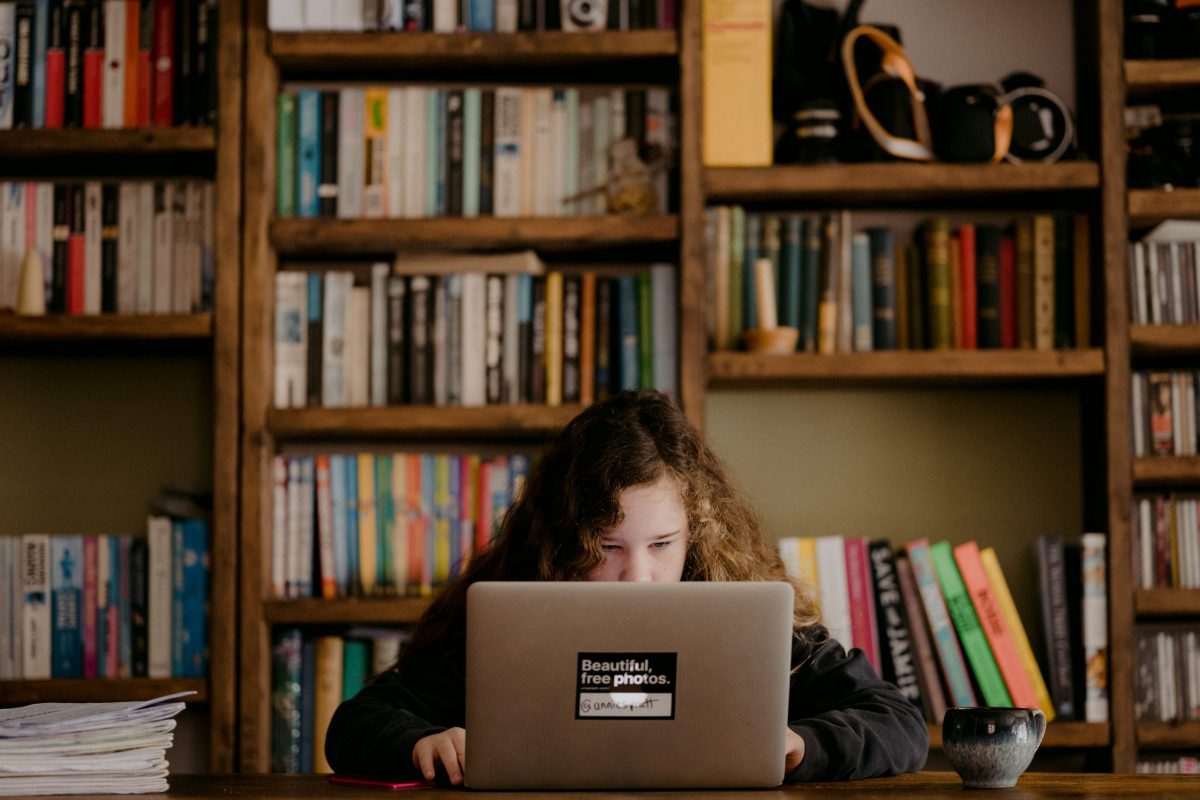3 Ways to Improve Digital Instruction During Coronavirus

-
As school systems nationwide remain closed and there is a feeling of uncertainty from Covid-19, simple interventions and strategies may be the most effective ways to support students.
-
Many educators are feeling the burden of providing quality online instruction.
-
It is a daunting responsibility to ensure that students do not fall irreparably behind during months-long school closures.
During a pandemic, teaching virtually can come with challenges. In her article, Digital Instruction During the Pandemic, Miriam Plotinsky describes the importance of focusing on specific goals, embracing uncertainty, maintaining relationships, and keeping communication open. Below, Miriam outlines three methods for supporting students in a virtual environment during a pandemic.
Prioritize Specific Goals
The first method that Miriam outlines as helpful for teachers is prioritizing your goals. Focusing on long-term learning while prioritizing goals can make digital instruction feel easier. To focus on long-term learning, identify the non-negotiable skills that must be covered before the end of the year. Teachers can learn about their students’ most pressing needs by using student performance data, or exit ticket indicators during remote learning.
Meet Students Where They Are
Miriam shares that the relationship between a teacher and students is a priority, and will help teachers be able to serve their students better. Teachers can build relationships while engaging students by learning about their experiences and connecting those personal experiences to the lessons.
In classrooms in the past, teachers experienced challenges and roadblocks throughout their daily lessons. In remote learning, it is important to also accept the unpredictable challenges that can occur. When implementing virtual teaching, a video call may fail or students may be unable to join from a distance. Including asynchronous instruction, such as flipped classrooms or sharing recorded lessons, could be very beneficial for some students and families.
Maintain Open Communication
Connecting with students’ families is always important, and especially so during a pandemic. Miriam shares how it is important for educators to designate specific times for phone calls to families to make this type of communication more manageable.
During a pandemic, it is important to connect with the families of students who are struggling, but also with the families of students who are excelling. Hearing positive news about a child’s success can bring positivity and help form a stronger relationship with the child’s teacher.
In addition to connecting with parents, there are a variety of ways to contact students such as text, email, or chat. Talking with students individually, separate from their work habits, shows that they are valued as an individual. The Google Voice service allows teachers to communicate with their students without using a personal number. (Editor’s Note: Another option to consider would be a full-featured app like ClassTag or Remind.)
The focus of all of these methods is to provide the most effective instruction during a pandemic while maintaining healthy relationships. Staying focused on specific goals, embracing uncertainty, and keeping communication open will lead to a more positive experience for teachers, students, and families.
Like what you’re reading? Check out a recent article in this series about how distance learning is leading to increased achievement for some students.


